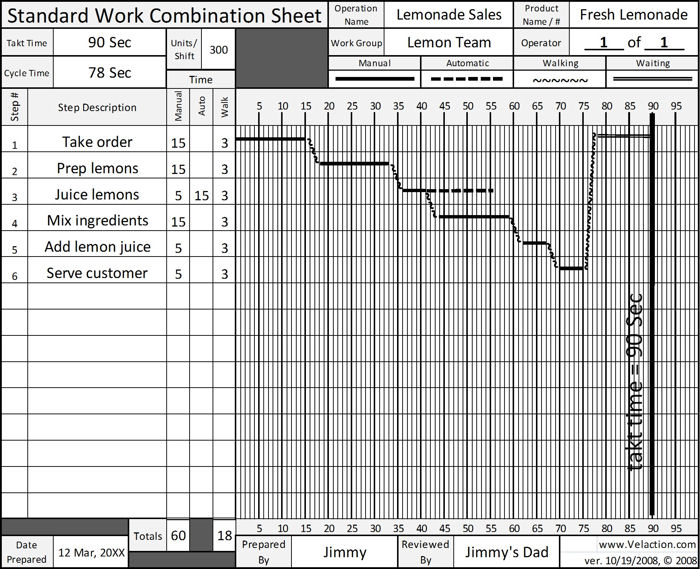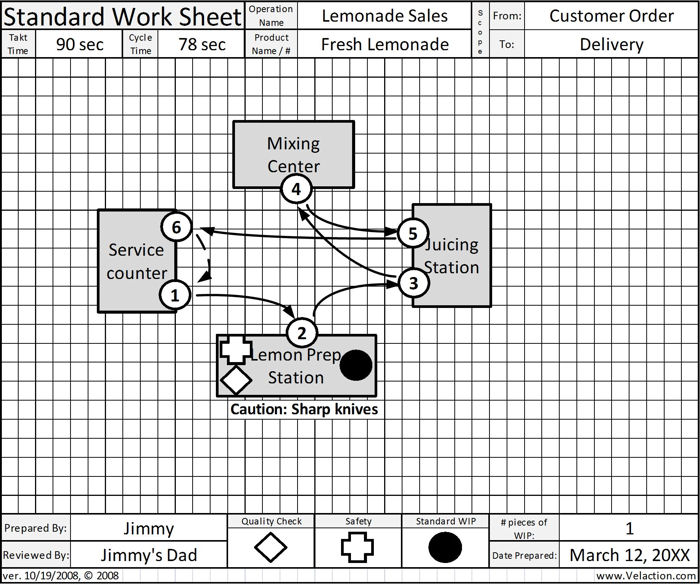Guidance
Guidance is the way that a leader or mentor provides assistance to another person to help her reach her goals. Guidance is more general in nature than specific directions. The goal is to help a person make a good decision on her own, not to tell her what to do. Read more…

